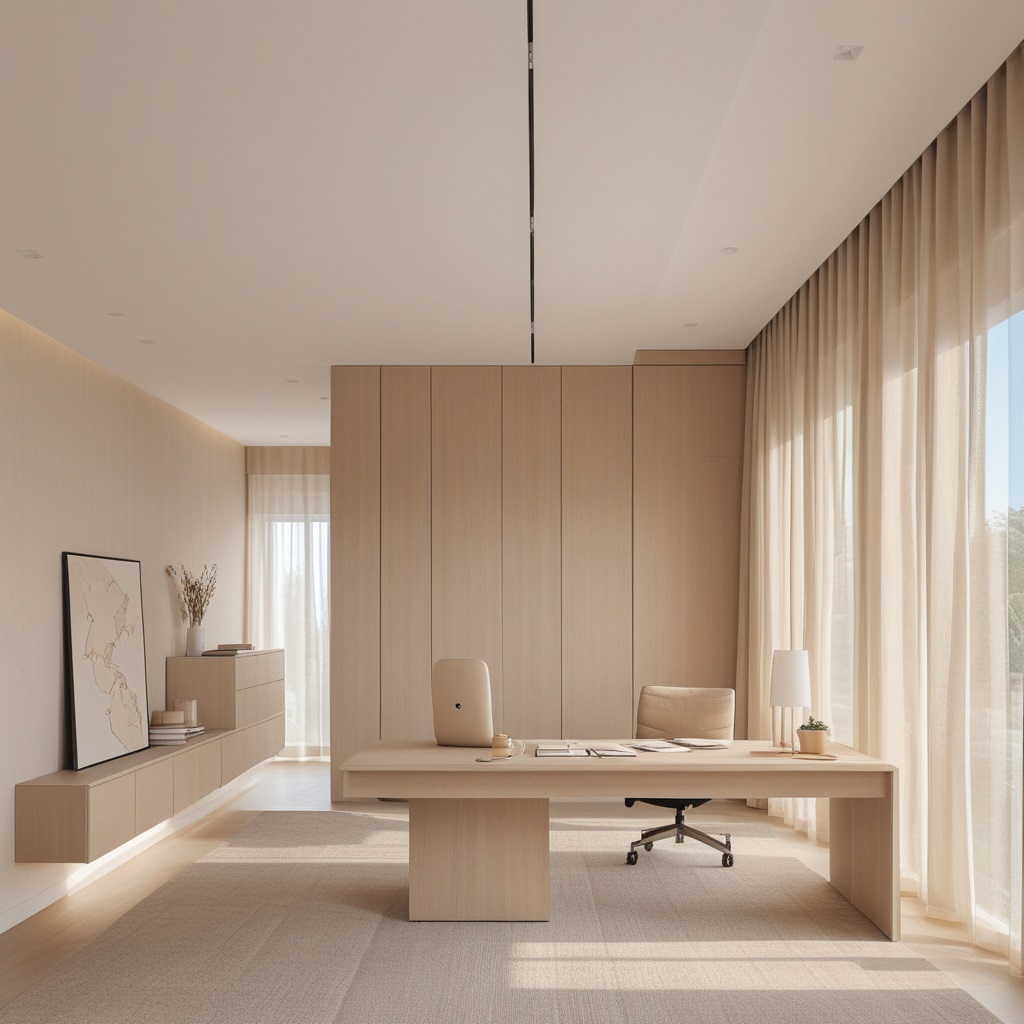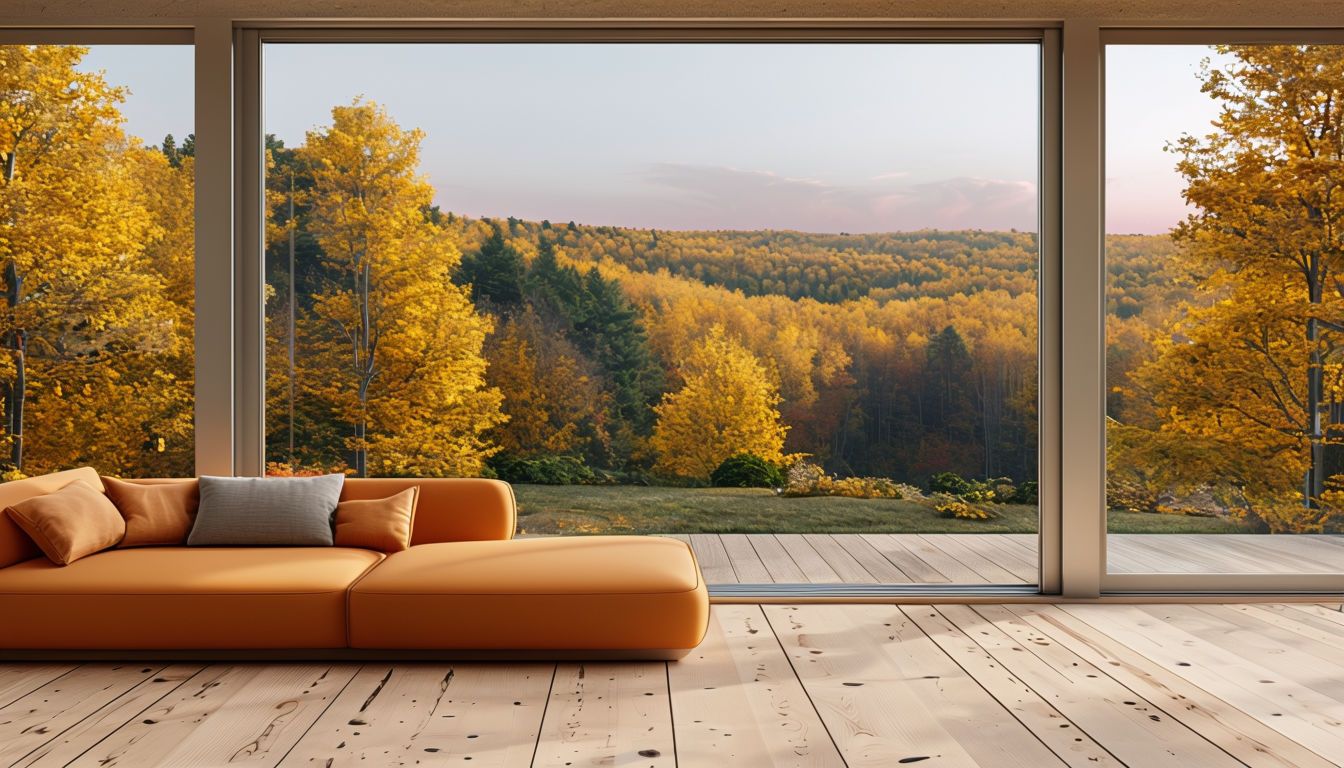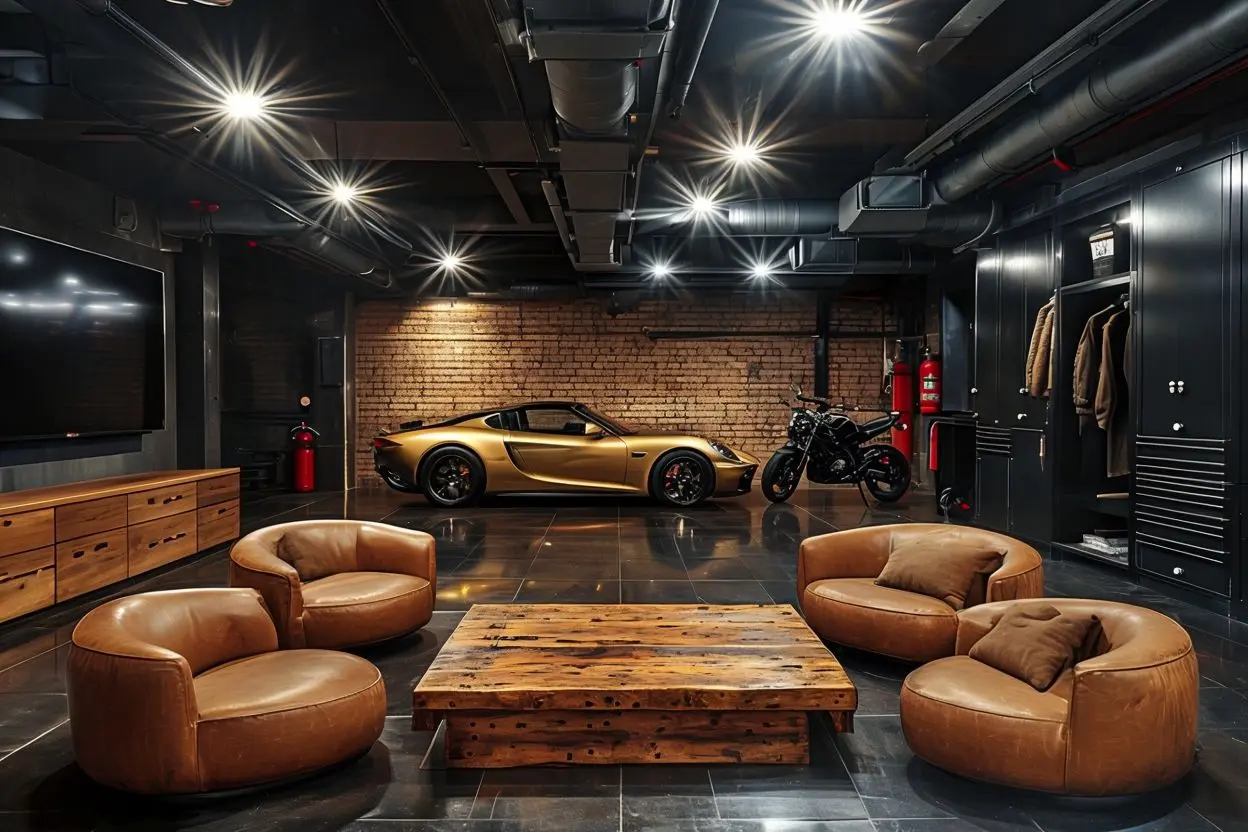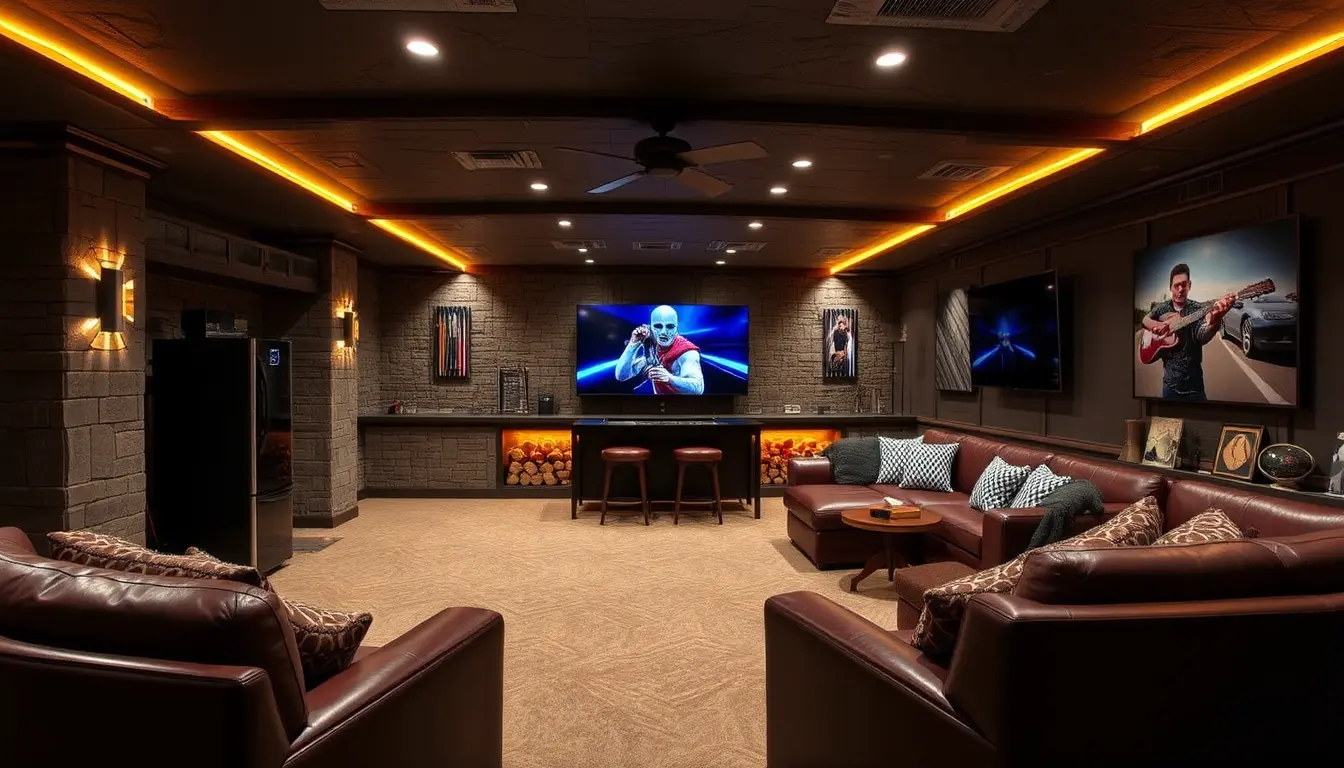Principles of Functional Design in Minimalism
I always tell my clients that minimalist furniture is like a great supporting actor—it should enhance their lives without stealing the show. The core principle here is simple: every piece should serve a clear purpose. When I redesigned my living room, I asked myself, “What do I do in this space?” For me, it was reading, working on my laptop, and occasionally hosting friends for movie nights.
This approach completely changed how I viewed furniture selection. Instead of being swayed by trendy pieces that looked good but weren’t practical, I focused on items that supported these activities. A comfortable sofa that could seat three people, a versatile coffee table with storage for my books, and a sleek floor lamp for reading – each piece earned its place through function first, with form following naturally.
Remember, minimalism isn’t about deprivation – it’s about intention. The best functional designs often incorporate clean lines, neutral colors, and simple shapes. These elements create a sense of calm while making spaces more versatile and easier to maintain. I’ve found that the most successful minimalist spaces follow a 90/10 rule: 90% functional pieces with clean lines, and 10% carefully chosen decorative elements that add personality without cluttering the space.
One of my clients recently challenged me to help her create a minimalist home office that could double as a guest room. We focused on furniture that served multiple functions but maintained clean lines – a Murphy bed that transformed into a desk, floating shelves that provided storage without visual weight, and a comfortable chair that looked equally at home in both configurations.
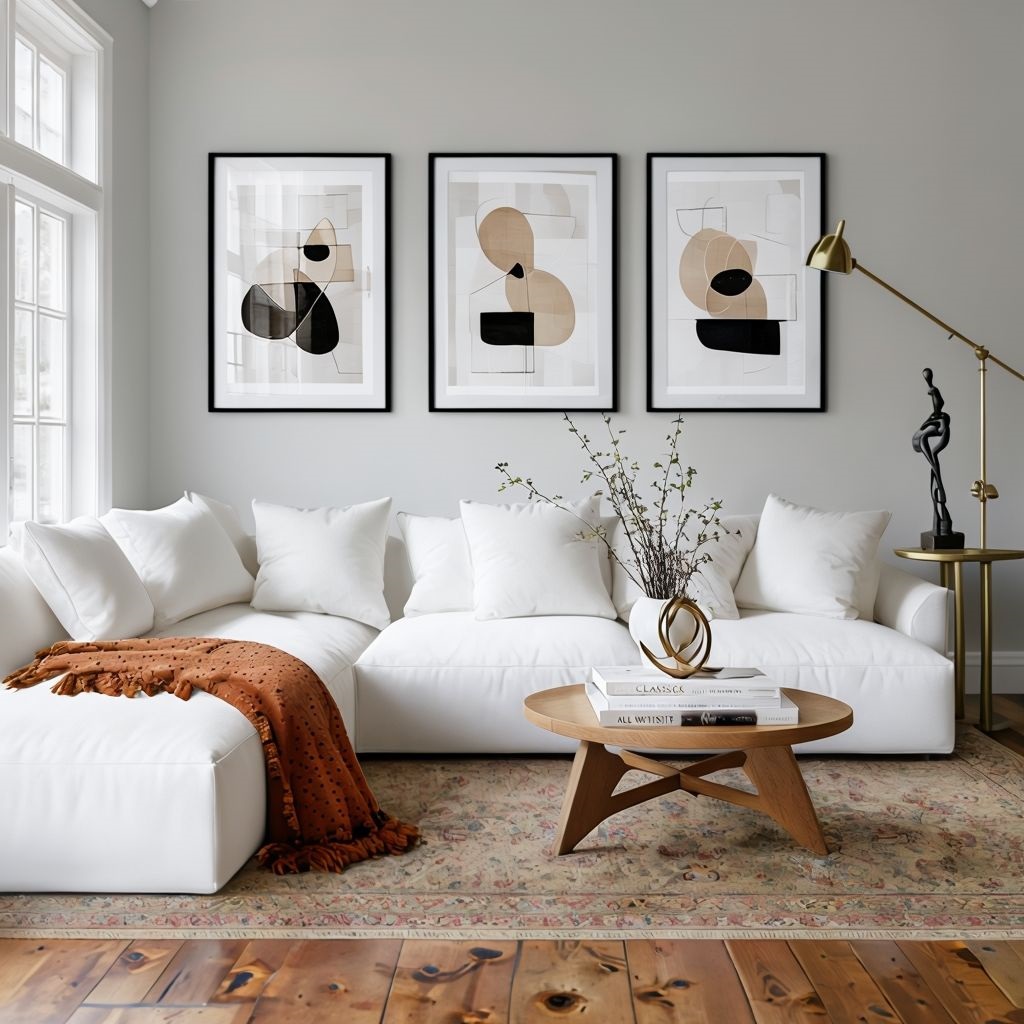
Key Pieces of Furniture for Each Room in a Minimalist Home
Let me break down the essential pieces for each room, based on what I’ve found works best after helping dozens of clients:
Living Room:
– One main seating piece (usually a sofa in a neutral tone)
– One accent chair (if space allows)
– A multi-purpose coffee table
– A media console (keep it floating to create visual space)
– Strategic lighting (I recommend three light sources at different heights)
– A well-made bed frame with clean lines
– A comfortable mattress
– One nightstand (yes, just one can work!)
– A dresser – only if closet space is limited
– A full-length mirror (doubles as a light reflector)
Kitchen/Dining:
– A dining table scaled to your space
– Comfortable, stackable chairs
– A kitchen island that doubles as prep space and casual seating
– Open shelving (but only if you’re committed to keeping it organized)
Home Office:
– A desk with built-in cable management
– An ergonomic chair that doesn’t compromise on style
– Wall-mounted storage solutions
I’ve found that starting with these basics and adding pieces only as genuine needs arise helps maintain the minimalist aesthetic while ensuring your home remains functional. Pro tip: before adding any new piece, try living without it for two weeks – you might find you don’t need it after all!
Multi-functional Furniture Ideas for Small Spaces
Living in a compact city apartment taught me the true value of multi-functional furniture. My favorite discovery was a coffee table that transforms into a work desk – it’s been a game-changer for my small living room! The key is to look for pieces that can serve at least two purposes without compromising on either function.
Here are some clever combinations I’ve successfully used in my projects:
– Ottoman benches with hidden storage for blankets and books
– Murphy beds with integrated desks for guest rooms/home offices
– Dining tables with drop-leaf sides that can double as console tables
– Nesting side tables that can be separated for entertainment
– Modular sofas that can be reconfigured based on needs
– Bedroom benches that open for seasonal storage
– Wall-mounted desks that fold away when not in use
– Expandable dining tables that can accommodate extra guests
The trick is to choose pieces that don’t look convertible – the best multi-functional furniture maintains clean lines and simple designs even while offering multiple uses. I always remind my clients that these pieces might cost more initially, but they eliminate the need for multiple furniture items, ultimately saving both money and space.
A recent project I worked on involved helping a young family maximize their 600-square-foot apartment. We installed a custom-built dining table that folded down from the wall, with storage inside for chairs. During the day, it served as a workspace and homework station, and in the evening, it transformed into a proper dining area for family meals.
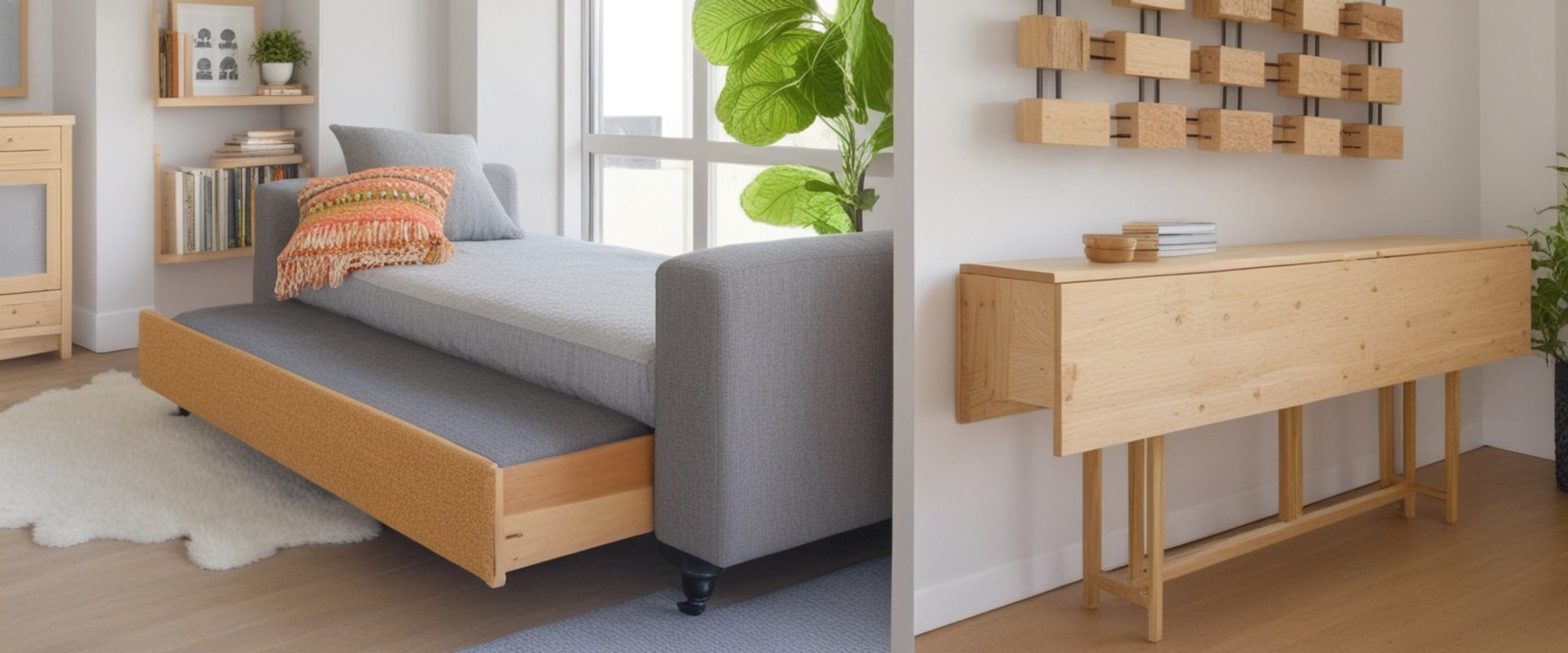
Quality over Quantity: Investing in Long-lasting Pieces
I learned this lesson the hard way after going through three cheap sofas in five years – investing in quality pieces saves money in the long run! When I finally invested in a well-made sofa with high-quality fabric and solid construction, it not only lasted longer but also maintained its shape and comfort level far better than its predecessors.
Here’s what I look for when investing in furniture:
– Solid wood construction instead of particle board
– High-quality upholstery fabrics with high rub counts (look for 30,000+ for heavy-use areas)
– Pieces with timeless designs that won’t look dated in a few years
– Furniture from manufacturers known for their craftsmanship
– Items with good warranties and customer service support
– Joints that are screwed and glued, not just stapled
– Natural materials that age well and can be repaired
I’ve found that it’s better to save up for one excellent piece than to buy several mediocre ones. Start with the furniture you use most – typically your bed, sofa, and dining table – and gradually replace other pieces as your budget allows. A well-made piece of furniture will not only last longer but will also maintain its appearance and functionality, contributing to the clean, intentional aesthetic that minimalism embodies.
One of my favorite success stories is a client who invested in a high-quality modular sofa system. While it was initially more expensive than she planned to spend, five years later, it still looks almost new, and she’s been able to reconfigure it multiple times as her needs changed – from a large sectional to separate pieces when she downsized to a smaller apartment.
Remember, creating a minimalist home is a journey, not a race. Take your time selecting pieces that truly serve your needs and bring value to your daily life. In my experience, the most successful minimalist homes are those that evolve thoughtfully over time, with each piece carefully chosen to support the way you live. Start with the basics, invest in quality where it matters most, and let your space evolve naturally as you discover what minimalism means to you.
